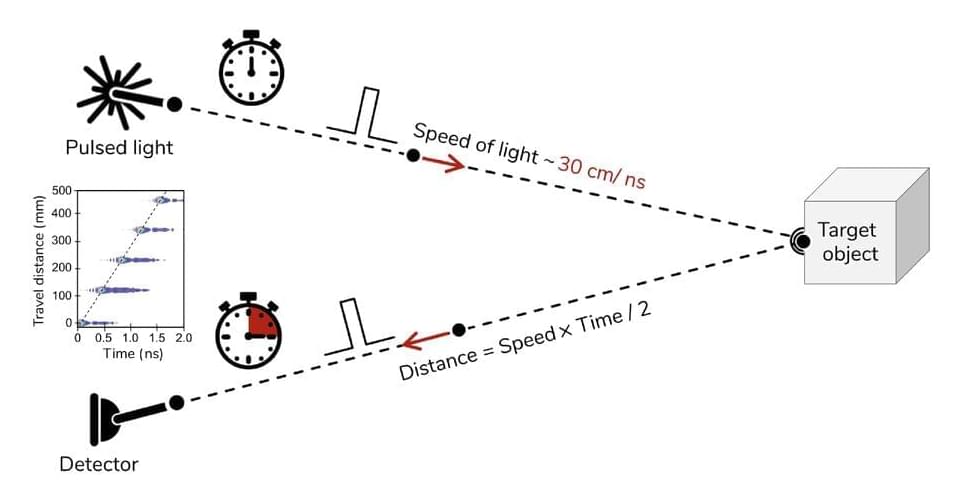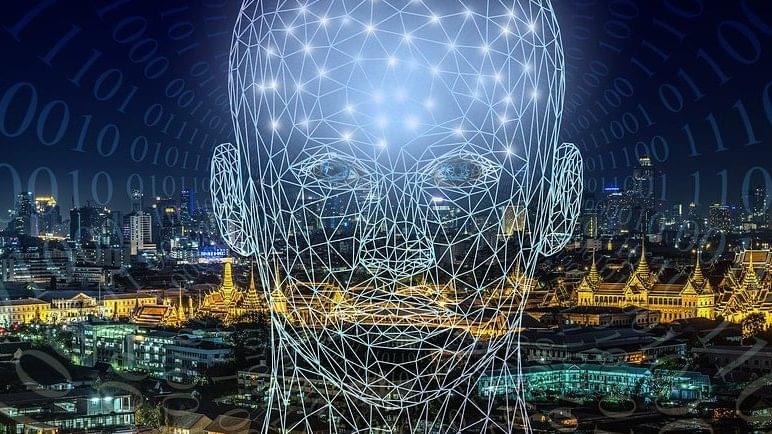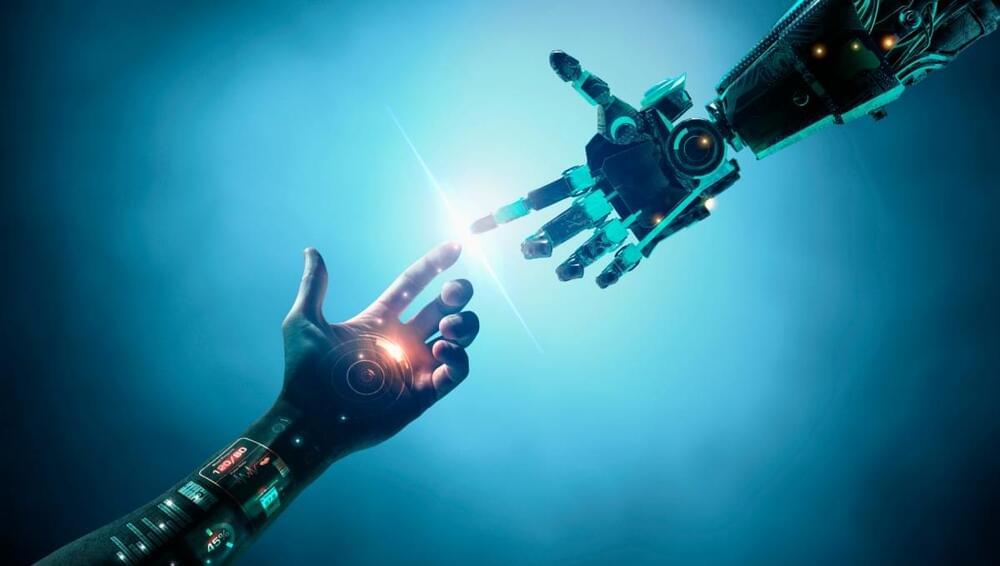Sep 1, 2022
How the NQISRCs are harnessing the quantum revolution
Posted by Dan Breeden in categories: economics, quantum physics, security
While having their own unique areas of expertise and resources, the NQISRCs are all aligned to the same mission—the advancement of quantum information science.
Five National Quantum Information Science Research Centers (NQISRCs) are leveraging the behavior of nature at the smallest scales to develop technologies for science’s most complex problems. Supported by the U.S. Department of Energy (DOE) Office of Science, the NQISRCs have been supporting DOE’s mission since 2020 to advance the energy, economic and national security of the United States. By building a national quantum ecosystem and workforce comprising researchers at roughly 70 institutions across the United States, the centers create a rich environment for quantum innovation and co-design.
The NQISRCs integrate state-of-the-art DOE facilities, preeminent talent at national laboratories and U.S. universities, and the enterprising ingenuity of U.S. technology companies.

















